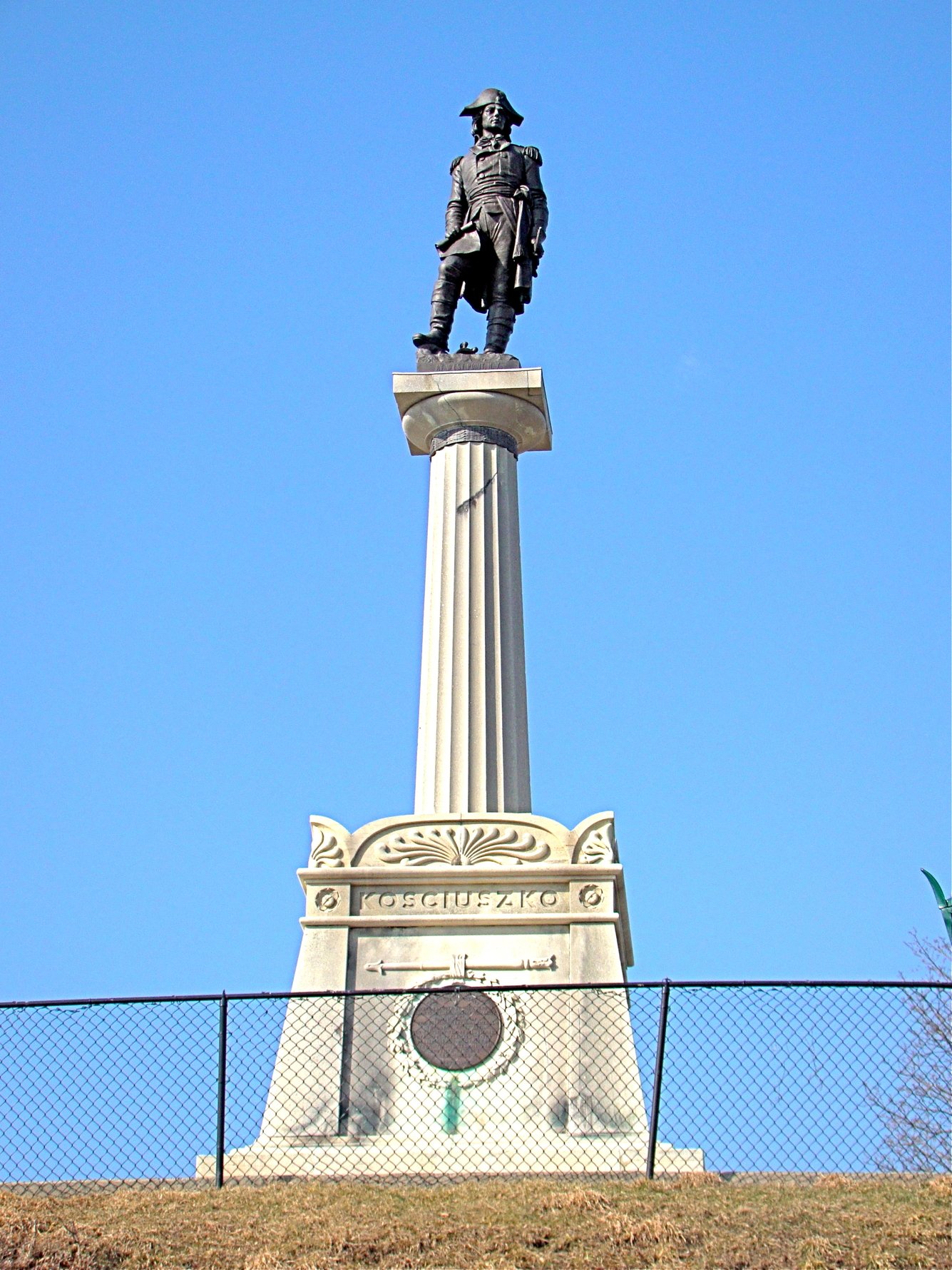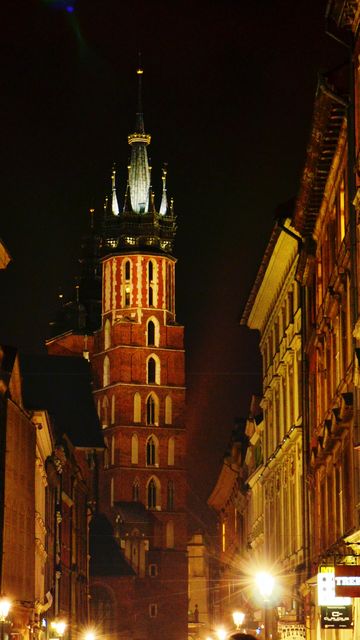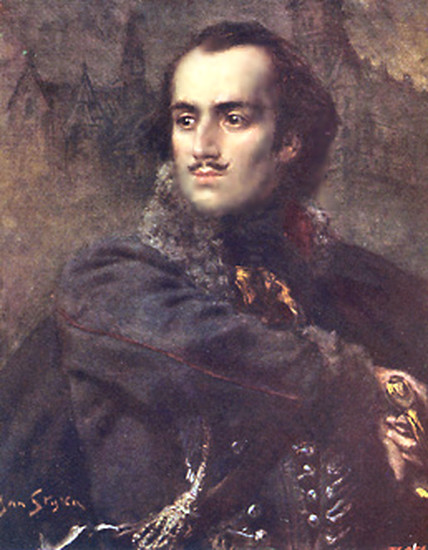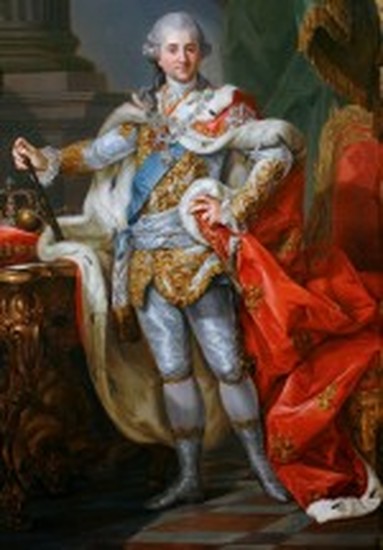History produces few men like Tadeusz Kościuszko (1746-1817). Men who by the depth of their skills, the purity of their beliefs, the compassion in their hearts and their uncompromising commitment to a cause are able to inspire not only individuals, but entire nations.
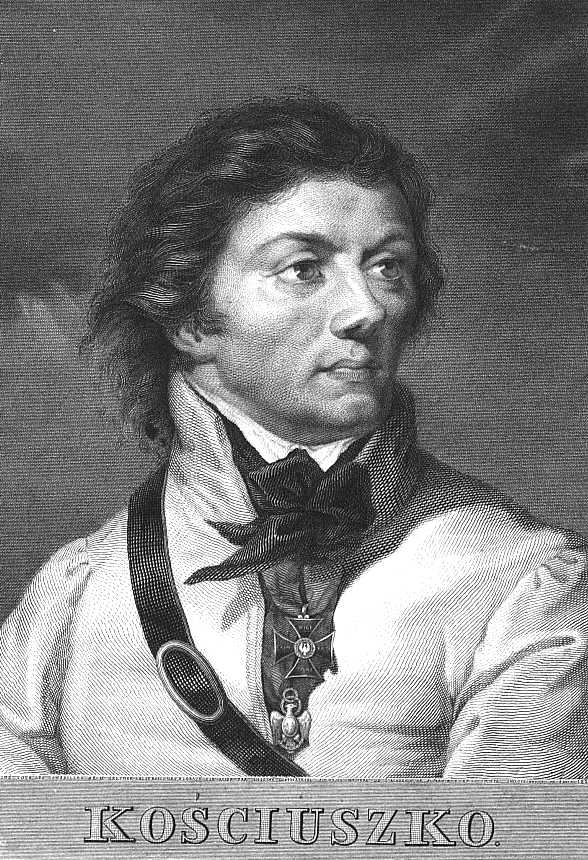
To learn about his amazing life and accomplishments and why we firmly believe he is the greatest Pole of all time (GPOAT), please stop your life and read this long-form. It will inspire you.
Say My Name
Though commonly anglicised as ‘Thaddeus Kosciusko,’ and despite adorning dozens of streets, bridges, parks, monuments and other world landmarks - including an island in Alaska and Australia’s highest mountain - the name ‘Kościuszko’ has ultimately proven too unpronounceable to those outside of Poland to secure this great man his rightful place in history. No one remembers a name they can’t pronounce, after all. That’s why we want you to get hooked on phonics and say it with us now:
Koash-choosh-ko.
Koash-choosh-ko.
Koś-ciusz-ko.
Kościuszko.
The Early Years: Education & Heartbreak
Born to parents of noble lineage but modest means in a small, now non-existent village within the Polish-Lithuanian Commonwealth in modern day Belarus, young Kościuszko received a well-rounded ‘gentleman’s’ education before shipping off to Warsaw in 1765 to enrol in the Cadet Academy. Rather patriotically trained as a military engineer, Kościuszko achieved the rank of Captain and was granted one of only four royal scholarships to continue his education in Paris. Devoting himself to military study for the next five years, Kościuszko basked in his exposure to the ideals and philosophy of Enlightenment-era Paris, however he was beset by financial problems and could only watch from afar as his country was carved like a Thanksgiving turkey by its land-grabbing neighbours Russia, Prussia and Austria during what became known as the 'First Partition of the Polish-Lithuanian Commonwealth' (1772).
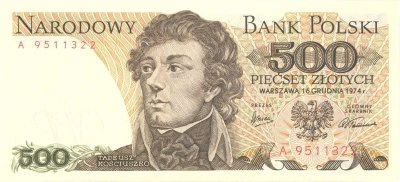
would someday end up on the 500zł banknote!
Finding his country enslaved and pandering to outside powers, Kościuszko retired to the Polish countryside where a job was arranged for him teaching the children of one of the richest men in Poland, Lord Sosnowski, a friend of his father’s. The penniless Kościuszko soon fell in love with one of his pupils, Ludwika Sosnowska, whose petite hand had already been promised in marriage to Prince Lubomirski. With the Prince onboard, Ludwika's father condemned her relationship with the pauper Kościuszko and accounts vary as to whether Tadeusz and Ludwika attempted to elope, Tadeusz kidnapped her, or they were separated before he had the opportunity to liberate her from the marital arrangement made on her behalf. Having lost the woman that was to be the only love of his life, however, Kościuszko was either forced or felt compelled to flee the country.
Eventually Kościuszko returned to Paris where all the buzz of the day was about the American fight for independence. The French, who went about aggravating the British and undermining their interests abroad with special zeal, openly supported the outbreak of the American Revolution, romanticising its ideals to the impressionable Kościuszko. Seeing an opportunity to apply his credentials to a cause complicit with his own beliefs, Kościuszko emigrated to America and joined the struggle.
Koścziuszko: 'Real American Hero'
Arriving at the age of 30 in Philadelphia, the cradle of the Revolution, Kościuszko was quickly put to work fortifying the crucial city’s defences along the Delaware River. These defences, which were never tested by the British, remain to this day and earned the Pole the confidence of the American command and the rank of Colonel in the engineering core. Sent to the Northern Army under the command of General Horatio Gates, who took an instant liking to his engineer, Kościuszko was asked to report on the defences of the Hudson River which were underway at Ticonderoga.
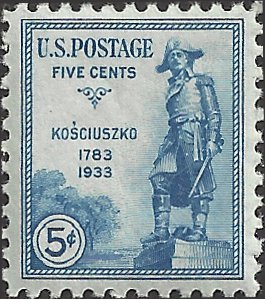
Appalled by the poor strategy in place and frustrated over his suggestions being superseded by flawed wisdom, the Pole remarked, “I would choose rather to leave all, return home and plant cabbages.”
Supervising the strengthening of Fort Ticonderoga, Kościuszko’s ignored assertion that cannons be mounted on nearby Sugar Loaf Hill came back to bite the Americans as the British instead took the position and forced them to abandon the fort with hardly a shot fired. Kościuszko would soon get his vindication however, gaining all credit from the American command for his choice of Bemis Heights as the place to engage the enemy when the American side scored victory in what would become the decisive turning point of the war – the Battle of Saratoga in October 1777. The victory at Saratoga not only won the northern campaign, but also earned the American colonies the alliance of the French as Louis XVI officially recognised America as an independent country.
